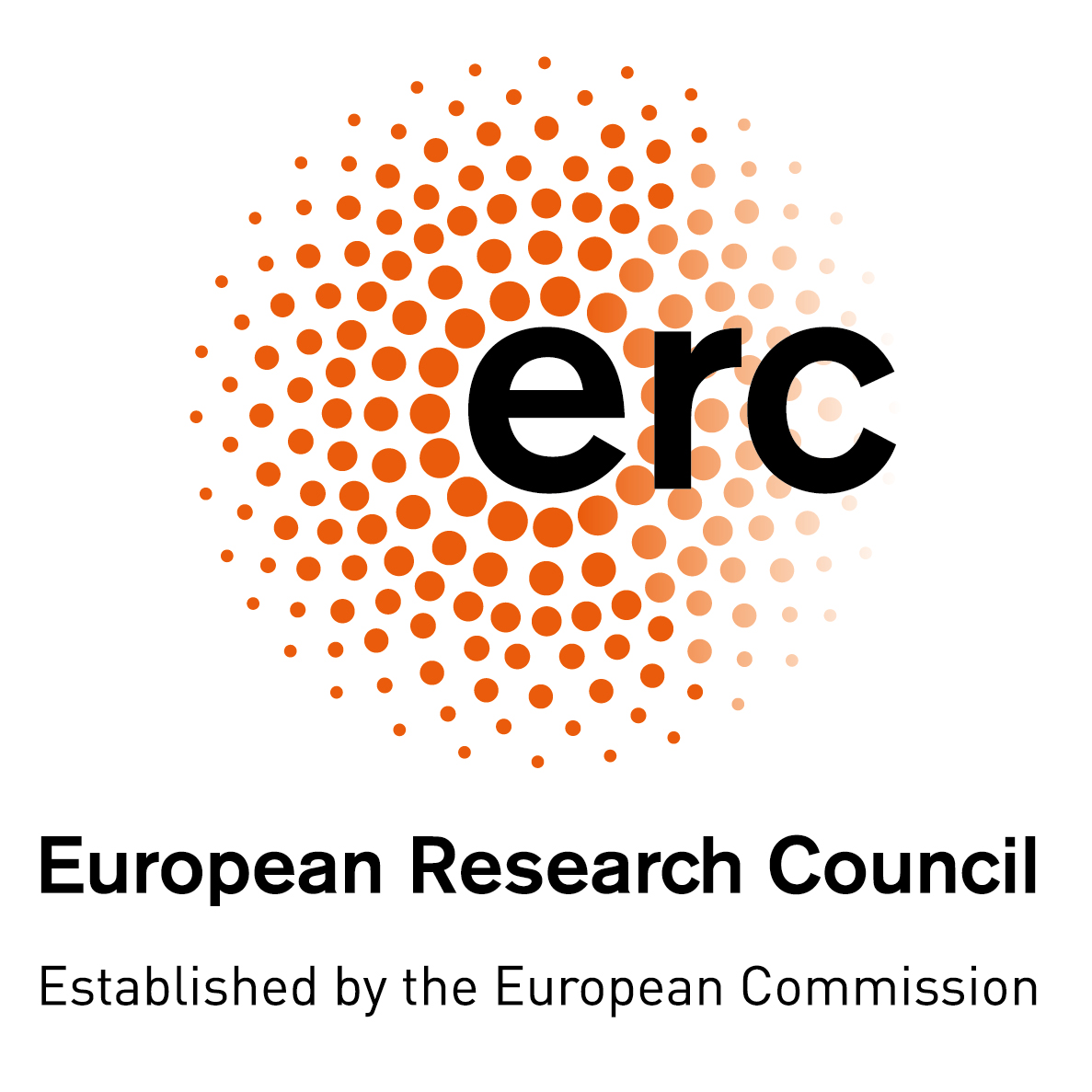

-
Humanities and the arts
- Classical literature
The foundation of the academic study of the development of Buddhism lies in the research of surviving textual material first
composed in Indic languages over centuries before and into the first millennium. In the last several years, fantastic manuscript finds
have surfaced opening new windows into the scholarly study of the development of Buddhist literature. I am one of the few scholars
to have access to such material. This project represents a multifaceted, holistic approach to the study of an important and voluminous
genre of manuscript witnesses from an early era of Buddhist textual transmission composed in Sanskrit in the Gilgit/Bamiyan type
scripts from the historic region of Greater Gandhāra covering modern day Afghanistan, Pakistan, and parts of Northern India. This
project centers the study of two large, recently discovered caches of highly important early Buddhist Gilgit/Bamiyan type sūtra
manuscripts and their place in the body of works from Greater Gandhāra. The first cache was excavated from the Mes Aynak
archeological site in Afghanistan and the second is a collection of newly identified manuscripts held in a private collection in Thailand.
The philological, paleographical, codicological, and critical research conducted in this project will examine textual and material
production, transmission, and relationship networks in the Buddhist manuscript cultures of Greater Gandhāra and beyond in the first
millennium of the Common Era. These results will be made permanently available through the development of a digital archive
allowing for the creation of an ak?ara database of individual syllables representing unique scribal identifiers, which will identify
individual scribes across manuscripts and scriptorium networks, digital preservation of the manuscripts, their editions and
translations, study of their textual, paleographical, and codicological features, and the direct comparison of the content of these texts
with parallels in multiple languages.